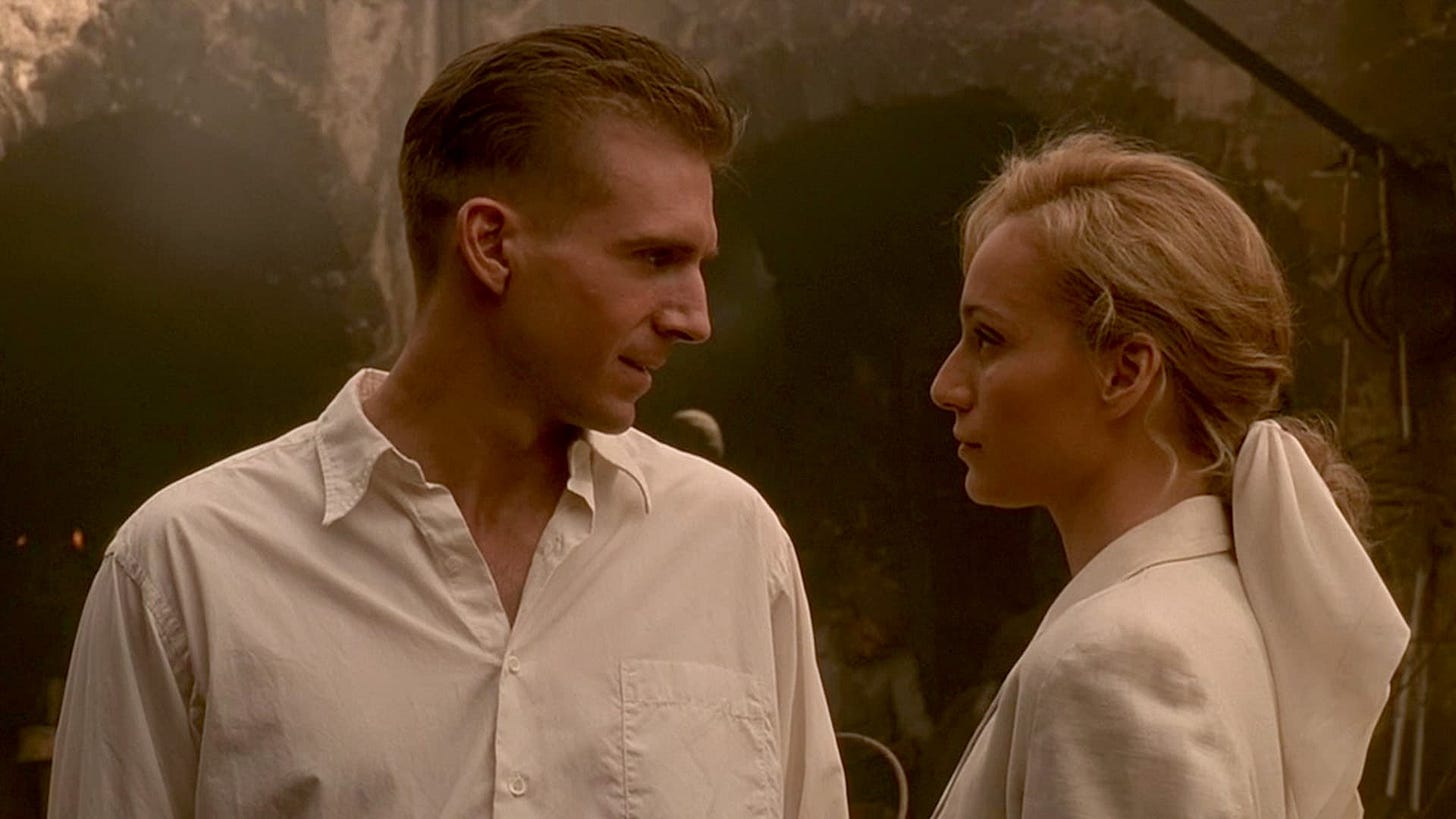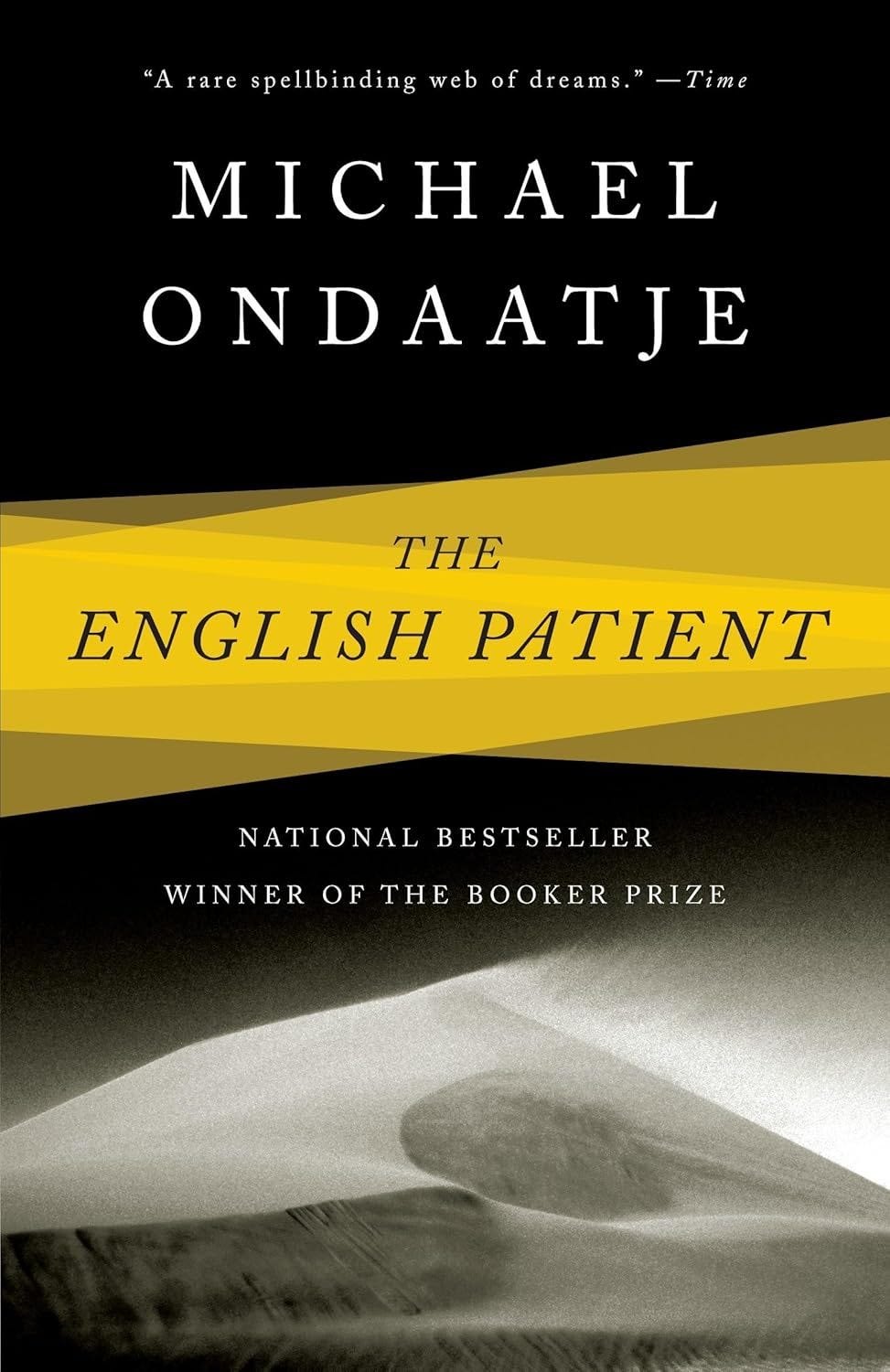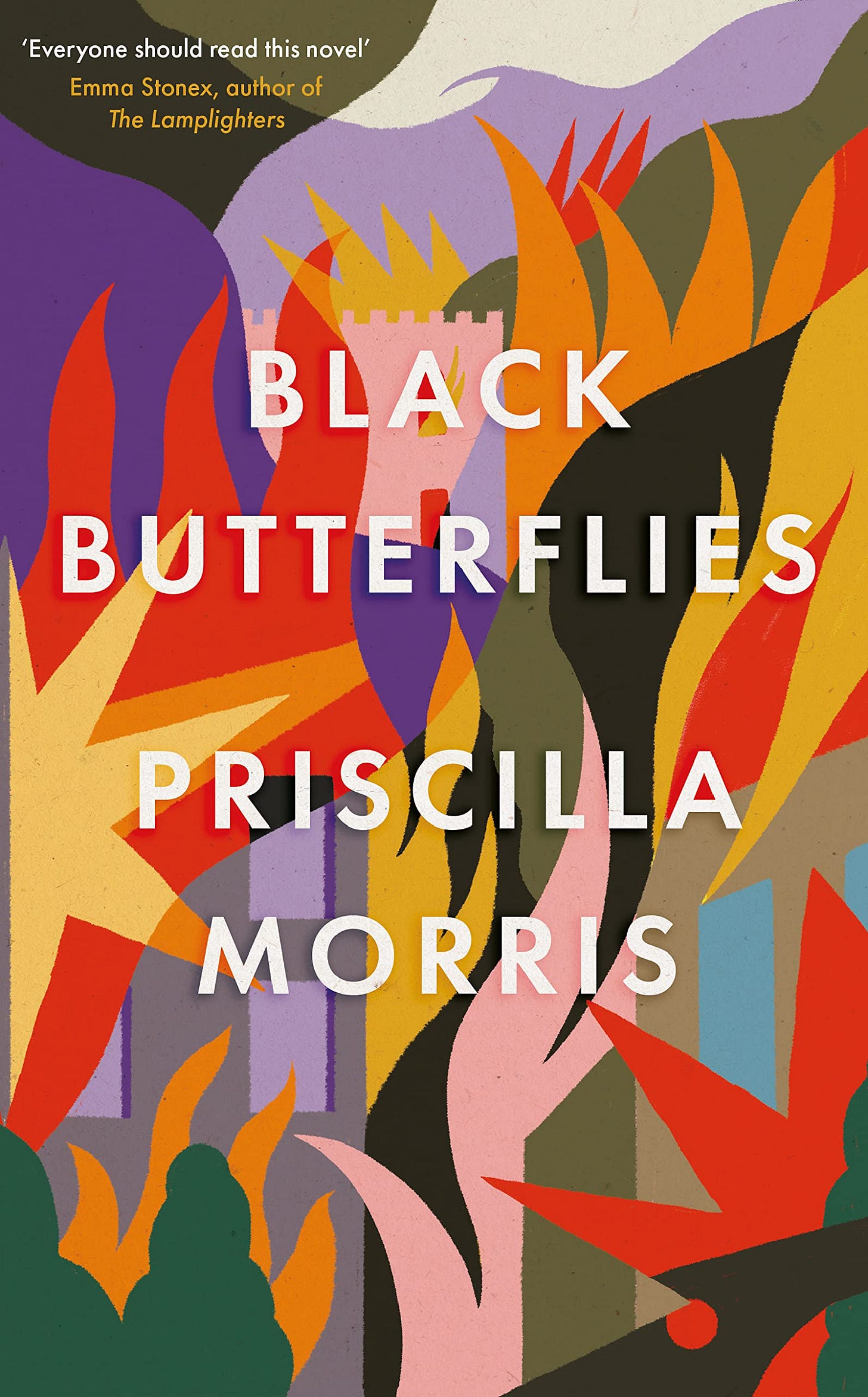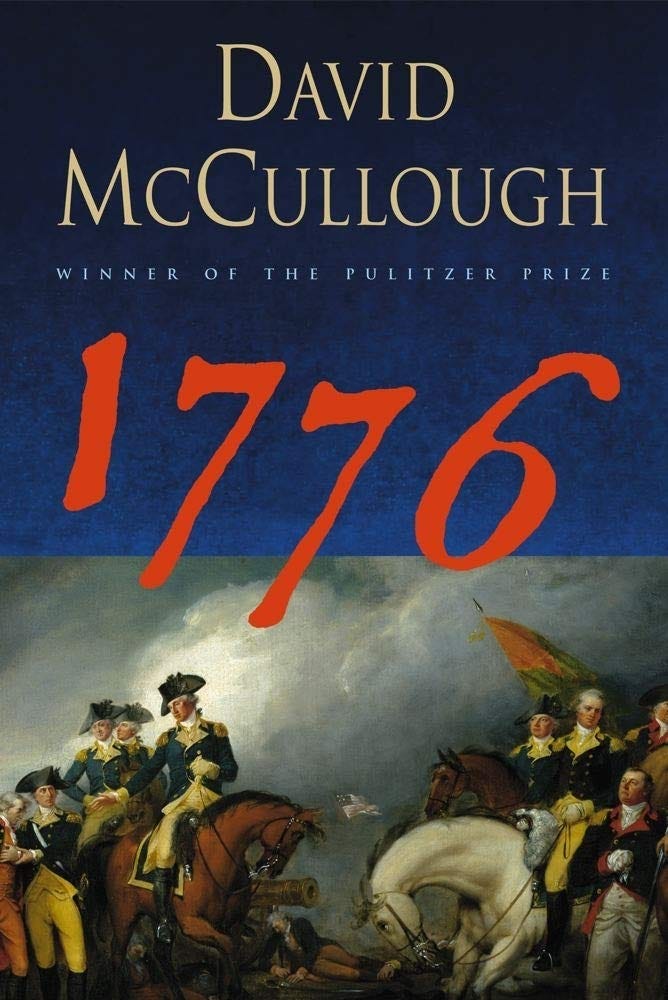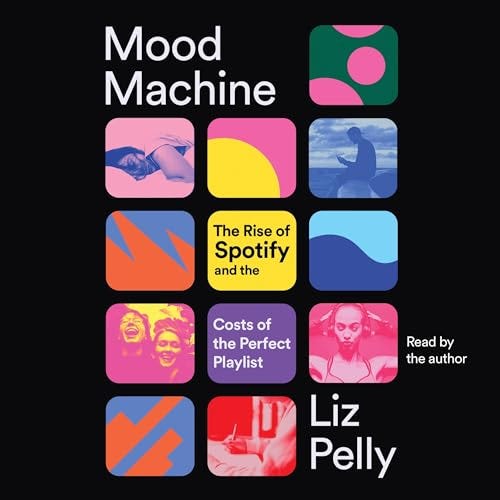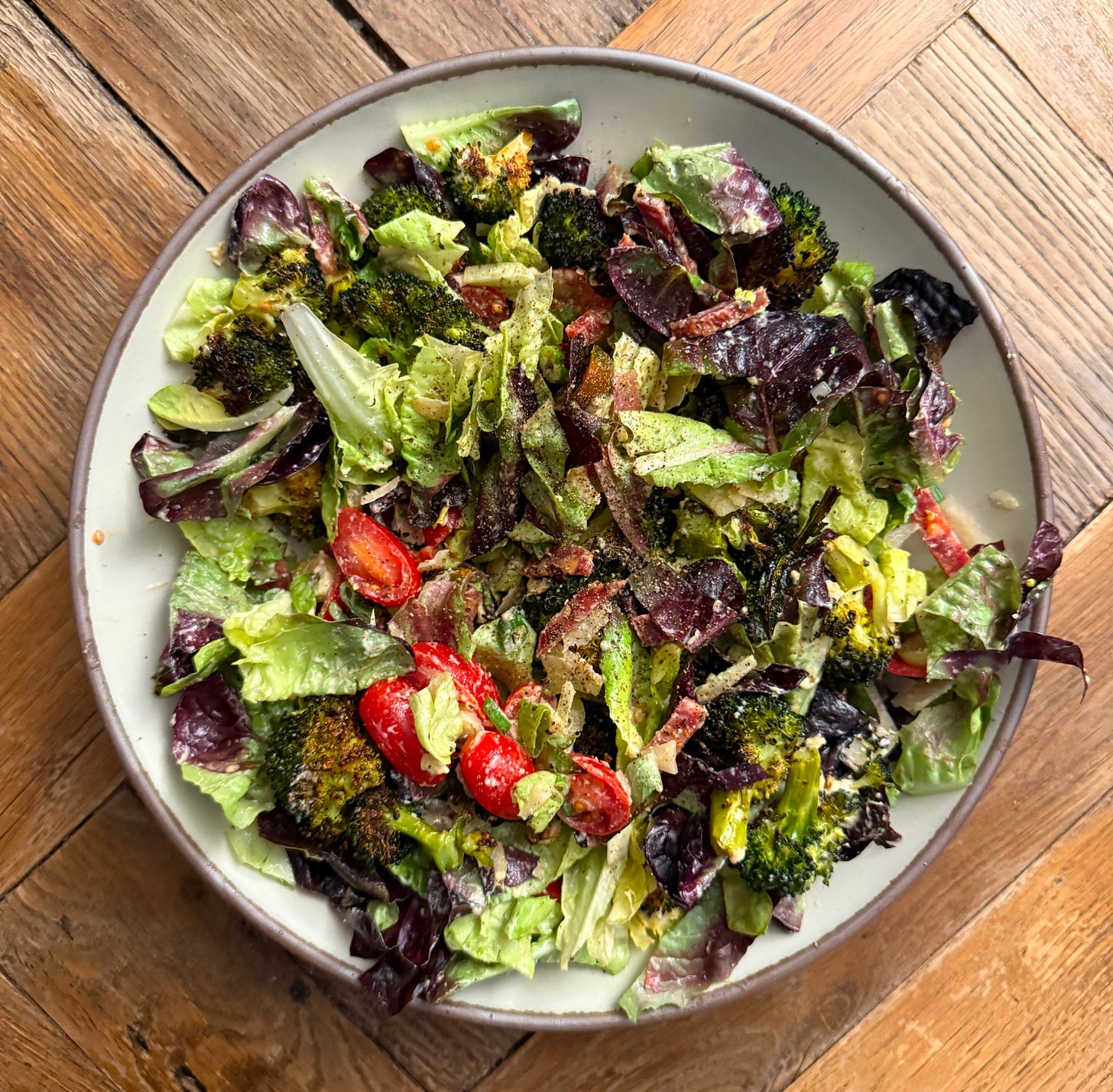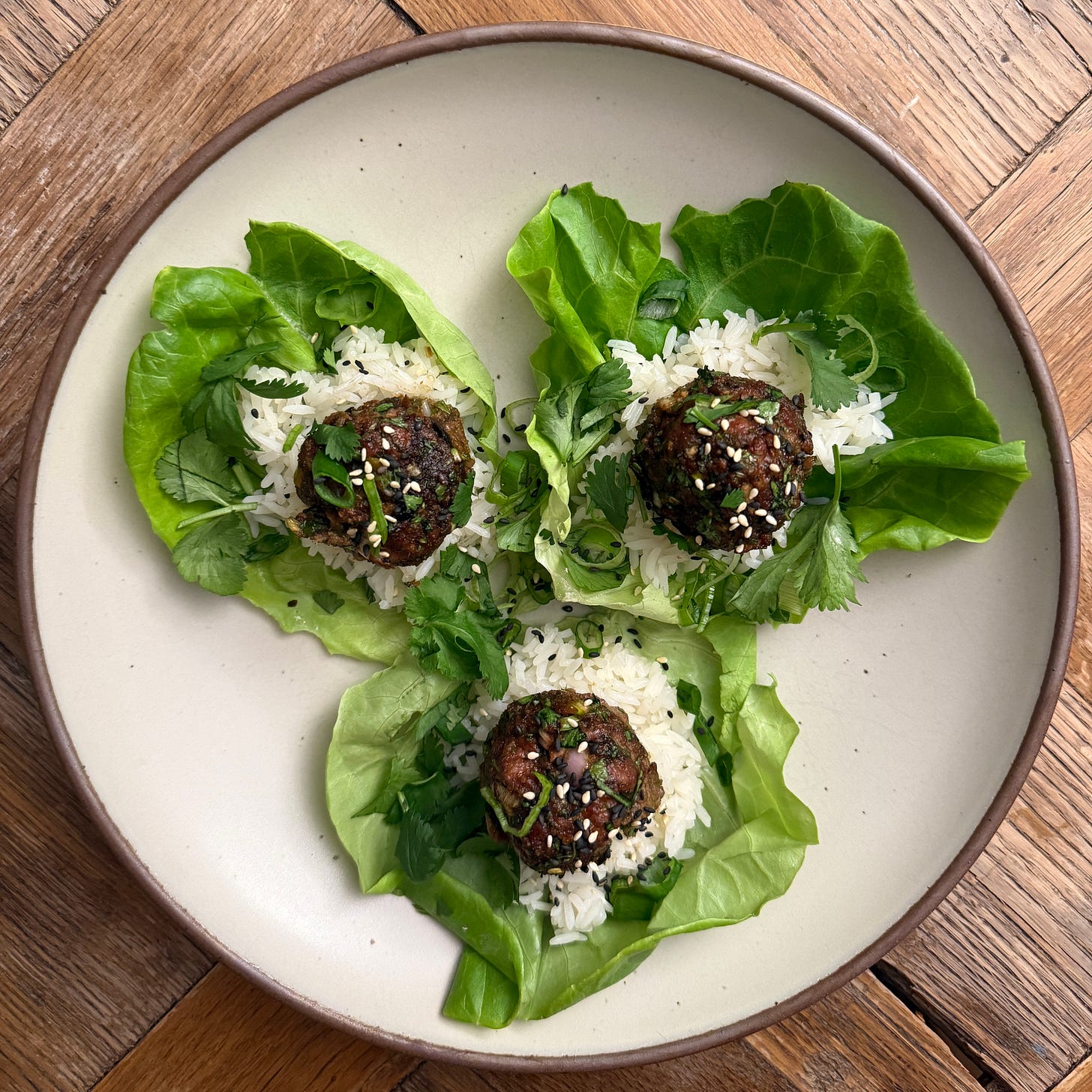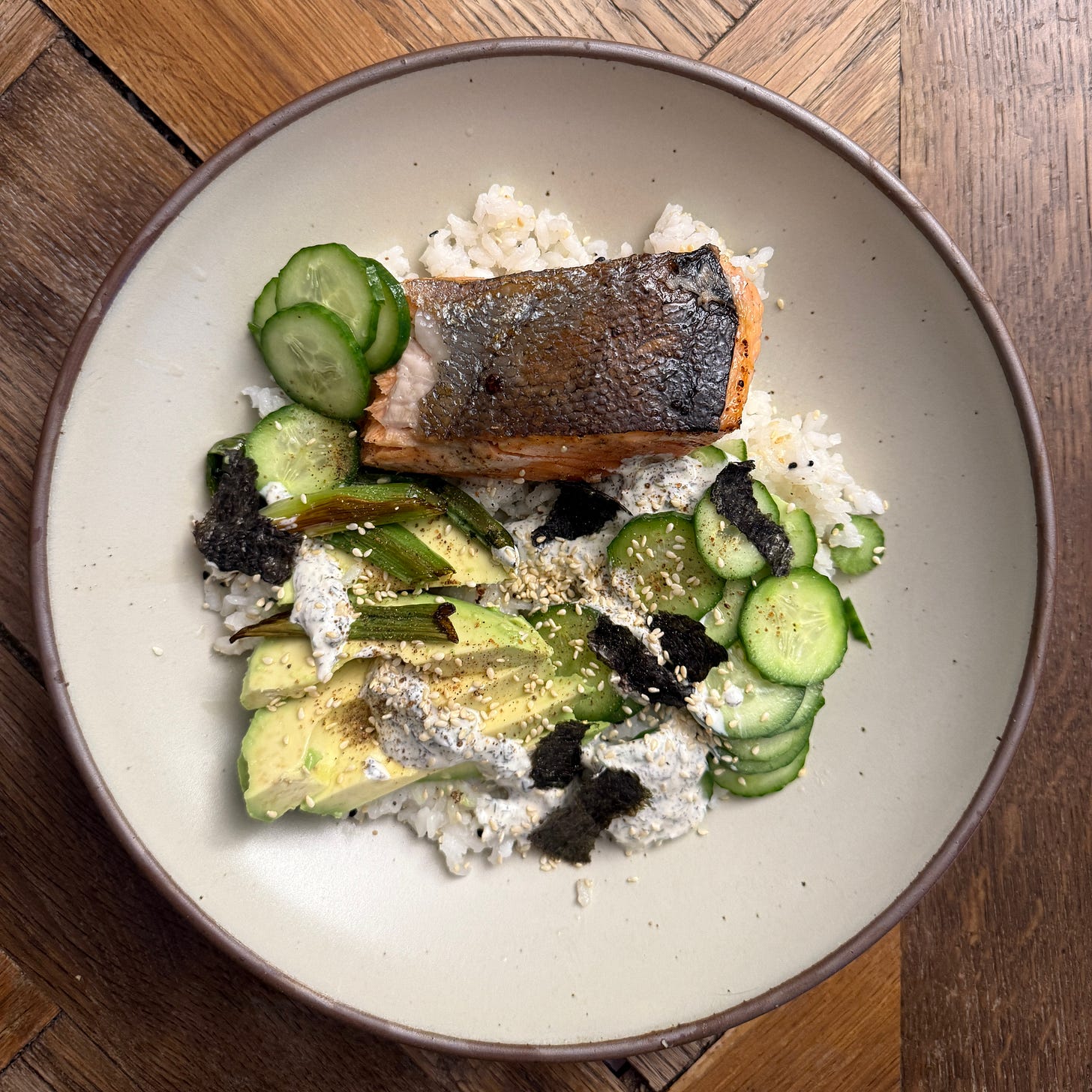Good afternoon!
This past week, I finally read Michael Ondaatje’s famous novel, The English Patient, Priscilla Morris’s Black Butterflies, a fiction book about a woman’s experience during the first ten months of the siege of Sarajevo in 1992, and David McCullough’s nonfiction work, 1776, about the Revolutionary War.
Let’s get into it.
read📖→
The English Patient by Michael Ondaatje
The English Patient is set in Northern Africa and Italy from 1939 to 1945.
Overview: The novel opens in 1945 in a bombed-out Italian villa outside Florence. The villa had been used as a war hospital but was abandoned as the Allies moved north through Italy. One patient, the eponymous English patient, remains. He has amnesia and was badly injured when his plane went down in Northern Africa: “A man with no face. An ebony pool. All identification consumed in a fire. Parts of his burned body and face had been sprayed with tannic acid that hardened into a protective shell over his raw skin.” Hana, a young Canadian nurse, cares for him.
Two other characters later join Hana and the English patient in the villa: David Caravaggio, a military spy and Hana’s family friend from Canada, and Kirpal Singh, a Sikh soldier who defuses bombs. Caravaggio sets out to uncover the truth of the English patient: Is he a Nazi collaborator or a war hero? Under the steady drip of morphine, the English patient slowly tells his story.
Opinion: The English Patient is one of the most well-known books of the past few decades. It won the Booker Prize in 1992, and the film adaptation won nine Academy Awards, including best picture. I saw the movie years ago but never read the book until this week.
The movie puts romance at its center. In the book, the love story is present and inextricably tied to the mystery of the English patient, but it’s just one of several narrative threads and relationships. The novel’s plot is also more unbalanced, as it is told piecemeal by a dying patient in a morphine-induced haze.
The genius of The English Patient is Ondaatje’s prose. The English patient emerges from his plane crash adorned with an “antlered hat of fire.” The patient and his lost love walk through “the indigo markets” of Cairo: “The beautiful songs of faith enter the air like arrows, one minaret answering another, as if passing on a rumor of the two of them as they walk through the cold morning air, the smell of charcoal and hemp already making the air profound. Sinners in a holy city.”
I love how Ondaatje describes the simplest activities, like reading. At one point, the English patient interrupts Hana as she is reading a book out loud to him:
Read him slowly, dear girl, you must read Kipling slowly. Watch carefully where the commas fall so you can discover the natural pauses. He is a writer who used pen and ink. He looked up from the page a lot, I believe, stared through his window and listened to birds, as most writers who are alone do. Some do not know the names of birds, though he did. Your eye is too quick and North American. Think about the speed of his pen. What an appalling, barnacled old first paragraph it is otherwise.
I was also impressed by the amount of historical context Ondaatje incorporated into this book. He vividly describes Kip’s intricate bomb defusing and weaves in countless historical details. The English patient is based on a real person, and Villa San Girolamo is an actual villa that served as a temporary hospital.
That said, I understand why this book might not meet everyone’s high expectations, particularly because it falls short if you are expecting an epic romance. It’s not a classic war love story. I wasn’t completely invested in the romance, and the ending did not devastate me. It’s hard to say if that’s because of the novel’s uneven structure (we slowly piece together the love story from a man on his deathbed), or because this book/movie is so famous that I remembered the basic plot twist, or because the love story itself reads more like a passionate affair (the two are still in a honeymoon period and idealize each other). It’s probably a combination of all three. However, I don’t think that the romance is the main point of this book.
Overall: I would definitely recommend this book to someone who loves literary historical fiction with the caveat that it is quite different than the movie.
Rating: 4/5
Genre: Historical Fiction
Notable prizes/book clubs/lists: Booker Prize Winner (1992)
Page count: 320 pages
Audio: 8 hours 56 minutes
Movie/TV pairings: The English Patient (1996 adaptation)
Black Butterflies by Priscilla Morris
Black Butterflies follows Zora Kočović, a fifty-five-year-old landscape painter and university professor in Yugoslavia, during the siege of Sarajevo in 1992 when Serb forces encircled the city. While the siege lasted for over 1,000 days, Black Butterflies takes place during the first ten months of the siege.
Overview: The novel opens in March 1992 with Zora and her husband, Franjo, heading to her mother’s apartment in Sarajevo and finding squatters there. Her eighty-three-year-old mother is ill and has been staying with Zora and Franjo. The squatters leave, but they warn Zora and Franjo that others will come as conflict brews in the city: “So many people are leaving town at the moment that the government’s said all abandoned flats are public property. Up for grabs.”
Zora’s mother has been struggling to cope with the stress of the unrest in Sarajevo and is developing pneumonia, so a doctor recommends taking her out of the city. Every summer, Zora and her husband visit their adult daughter in England. Franjo decides to go to England earlier and take Zora’s mother. Zora opts to stay in Sarajevo to work on her painting.
Zora is initially productive and paints the Goat’s Bridge in Sarajevo. However, the Bosnian war breaks out, and she finds herself in the midst of the siege and unable to leave.
The water, power, and phone lines are cut off, and Zora spends her days with her neighbors struggling to procure food and water. Zora paints through it all. She first paints on paper, then paints the walls when she runs out of paper, and finally, she makes sculptures from her art supplies when she runs out of paint.
At one point, Zora witnesses the fallout from the heavy shelling of the Vijecnica, the national library that housed more than two million books and where her studio was also located:
It is difficult to see at first because the whole valley is clogged with black smoke, but, gradually, Zora makes out dozens of black fluttering objects gusting this way and that in the air. She snatches at one and it crumbles into dust in her fingers. Another settles on her arm and she fancies she glimpses the loops and dots of Arabic script before they dissolve into the sweat on her skin. She pincers a third between her thumb and her forefinger and gently teases open the curled-up scrap: Latin script and pencilled annotations in the margin of a yellowing page. Looking back to the fire, she realises that what she took for crows circling the Vijećnica are the burnt pages of books. The fragments of her paintings will be there, too, rising and falling over the pyre.
Zora’s neighbor later tells her that people are calling the fragments—“black butterflies . . . . Burnt fragments of poetry and art catching in people’s hair.”
Opinion: I decided to read Black Butterflies after reviewing the Women’s Prize for Fiction shortlist. I’ve loved several shortlisted and prize-winning books from this list (like Piranesi and Trespasses). Reading a fiction book set during the Bosnian War was interesting, as I’ve only read nonfiction books on the war.
Morris’s descriptions of Sarajevo are beautifully crafted. She also captures the claustrophobia of the siege well. Many of the scenes reminded me of the experiences of civilians during the Battle of Berlin and the Battle of Stalingrad during World War II.
However, I had some issues with the character development in this book. Zora’s resilience and passion for art comes across, but I didn’t feel like I really understood her personality. The side characters and the bit of romance in this book also felt very flat. I don’t think Morris’s writing style made up for the somewhat predictable plot and undeveloped characters (although I might be unfairly judging the writing with that of The English Patient since I also read that this week).
Overall: I enjoyed Black Butterflies. It’s well-written and a relatively quick read even though it’s on a darker topic, but I wouldn’t jump to recommend it.
Rating: 3.6/5
Genre: Historical Fiction
Notable prizes/book clubs/lists: Women’s Prize for Fiction Nominee for Shortlist (2023)
Page count: 256 pages
Audio: 6 hours 54 minutes
1776: America and Britain at War by David McCullough
In 1776, David McCullough chronicles the U.S.-British military conflicts in New England and the Mid-Atlantic during 1776. He follows a large cast of characters on both sides of the early Revolutionary War—the American troops under George Washington and the British redcoats under William Howe.
Overview: While 1776 is celebrated as the birth of the United States of America, it was a discouraging year for American troops. The book opens in the summer of 1775 during the siege of Boston. Troops had already fought at Lexington, Concord, and Bunker Hill, and the American troops were running extremely low on supplies and gunpowder. They suffered from “camp fever” and smallpox outbreaks, and each man had, on average, one bottle of rum per day.
In early 1776, American troops traveled 300 miles to Fort Ticonderoga in New York to procure guns and towed them back to Dorchester Heights above the Boston harbor. British commander Howe saw his position as indefensible and withdrew his troops from the city in March.
McCullough then reconstructs Washington’s defense of New York. Washington’s Continental Army assembled in New York and built several forts, including Fort Putnam (later renamed “Fort Greene” after General Nathanael Greene, one of Washington’s key officers). British warships and troops gathered offshore. The British landed on Long Island and decimated Washington’s army.
The Americans retreated, and instead of pursuing the troops, the British stopped their attack. The only line of retreat for Washington was across the river to Manhattan. Washington expected the British troops to sail around and block off their retreat, but fortuitously, there wasn’t enough wind that day to carry the British ships. At night, Washington had small boats ferry troops across the river (sort of like an American Dunkirk). The Americans had another stroke of luck the following morning when a heavy fog settled in, allowing Washington to complete his retreat of 9,000 men.
The Americans were later forced to evacuate New York, and British troops drove them back across the Hudson River into New Jersey and eventually across the Delaware River. Hope seemed lost as winter set in, and Congress fled from Philadelphia to Baltimore. Washington expected the British to cross the Delaware and capture Philadelphia. He wrote that all the British were waiting for was “ice for a passage, and the dissolution of the poor remains of our debilitated army.”
However, General Howe thought it was too cold to continue with warfare. He planned for his troops to return to New York for the winter and take Philadelphia in the spring. Howe’s decision allowed Washington’s troops to cross the Delaware on the night of December 25-26, 1776. The troops crossed the icy river on barges designed to transport pig iron.
It was a turning point in the war, and the Continental Army won decisive victories at Trenton (December 26, 1776) and Princeton (January 3, 1777).
Opinion: 1776 was published in 2005, and it’s been on my radar for a while. I bought a copy a few months ago at a used bookstore (highly recommend Dog-Eared Books if you are ever in rural Wyoming) and finally read it last week. This book is very engaging, but it is not quite narrative nonfiction. I would compare a book like Alfred Lansing’s Endurance to a movie, whereas 1776 is more like a very well-executed documentary.
1776 is extensively researched, and McCullough seamlessly incorporates primary sources and quotes. He also juggles a massive cast of characters but manages to make each person memorable, even if just through physical characteristics. For instance, Nathanael Greene had a limp and eye clouded from a small pox vaccine. One contemporary described Charles Lee, Washington’s second-in-command, as a “great sloven, wretchedly profane.”
While McCullough writes vividly and explains complex troop movements, I wish he had included more details about the actual combat. Disease lurks and death tolls mount, yet the battles read as relatively bloodless and are challenging to picture. I found this odd, given that this is fundamentally a book about the military conflicts of the early Revolutionary War.
Overall: I would recommend this book for someone wanting to learn more about this time period with the caveat that it reads sort of like an engaging history textbook.
Rating: 3.8/5
Genre: Historical Nonfiction
Page count: 294 pages
Audio: 11 hours 33 minutes
Movie/TV pairings: The Patriot (there really aren’t that many recent movies about the Revolutionary War)
consumed 🎬🎧🗞️→
I’m not sure why I re-watched this music video this week, but “Hurt” is an all-time music video. Johnny Cash’s cover of the Nine Inch Nails song is so famous that for a long time, I thought it was just a song by Johnny Cash.
In this video, Cash’s performance is interspersed with archival footage from Cash’s life and from the House of Cash museum.
China has replicas of Paris, Interlaken, Hallstatt, London, and Jackson Hole.
I started reading Liz Pelly’s Mood Machine: The Rise of Spotify and the Costs of the Perfect Playlist, but my library loan lapsed about halfway through. I probably won’t pick the book back up, because it struck me as a topic that I would enjoy reading a longform article about as opposed to a book. So I read two such articles—an article by Liz Pelly in Harper’s Magazine and a book review of Mood Machine in The New Yorker. Here are a few interesting points:
Royalties: Last year, Spotify reported €1.14 billion in profit (admittedly, this was their first profitable year), yet the vast majority of artists make very little in royalties (less than half a percent). Is this “right”? Spotify’s CEO, Daniel Ek, doesn’t seem to have any issues with it: “If you take football, it’s played by hundreds of millions of people around the world. But there’s a very, very small number of people that can live off playing soccer full time.”
Ghost artists: I listen to “Peaceful Piano” or “Focus Flow” when I’m reading or writing. I’ve never really thought about who creates these soundscapes. Last spring, a Swedish paper published a story about Johan Röhr, who has used 650 aliases to create more than 2,700 songs on Spotify, which were streamed 15 billion times. Röhr is one of Spotify’s “ghost artists.” Many of these artists give up control over certain royalty rights as part of Spotify’s Perfect Fit Content program. Artists must also accept a lower royalty rate to be part of Discovery Mode because it is an algorithmic promotion.
cooked 🍳→
This charred broccoli salad with cashew dressing is one of my favorite meal salads.
This mapo tofu was delicious over rice.
I really like this recipe for banana walnut muffins, but they are on the healthier side (no sugar or butter). I used dates mixed with hot water instead of honey and added vanilla bean.
I added shallot, mint, cilantro, fish sauce, white pepper, and Serrano to this ssamjang pork meatball recipe.
This salmon bowl with nori ranch was delicious.




